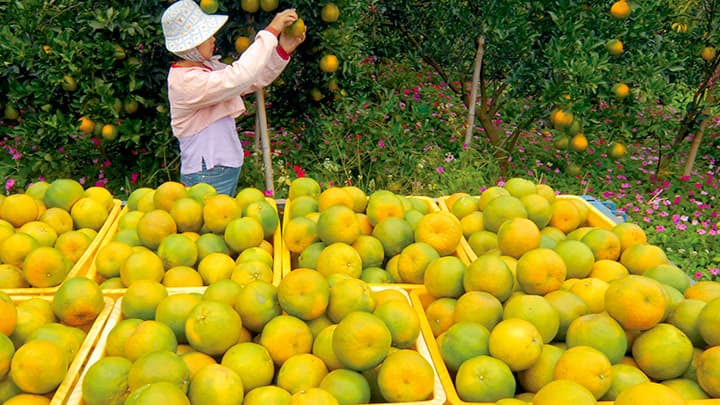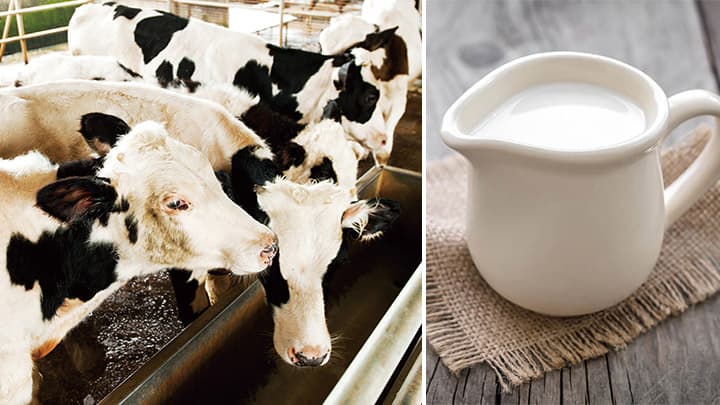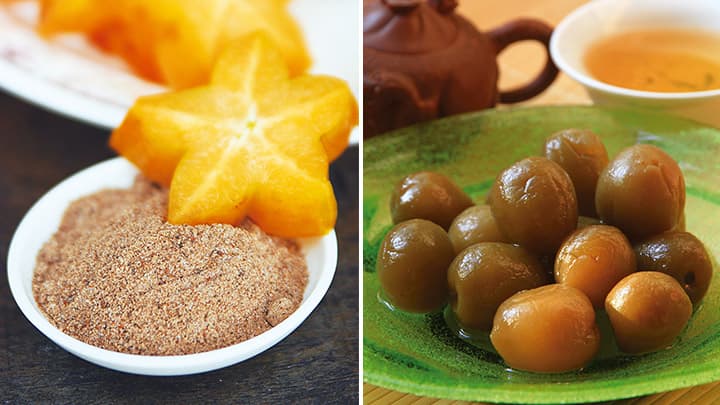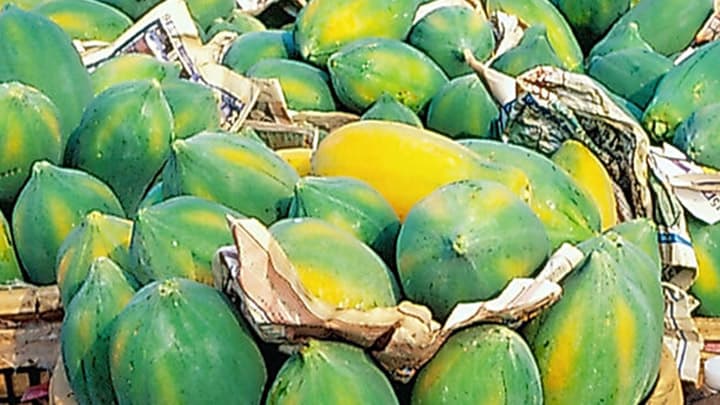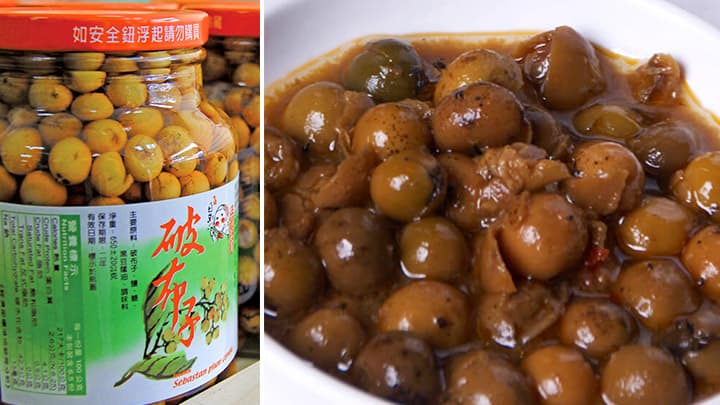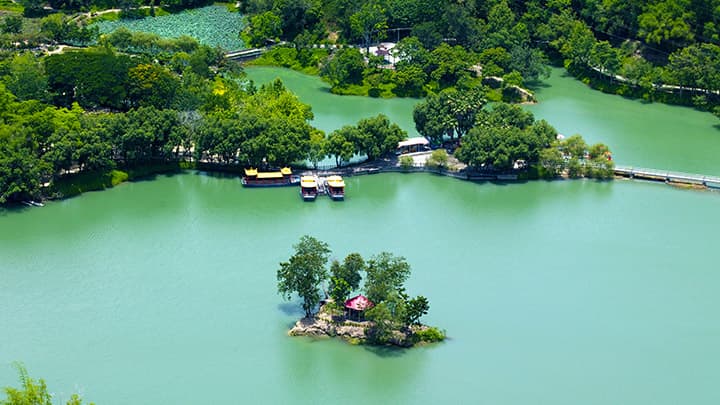Agricultural Product
Agricultural Product
Chiayi County
Bamboo Shoots
Dapu Township
The number one producer of bamboo shoots is Dapu Township. They are the main agricultural product for the locals, but most of the bamboo shoots are exported to Japan. Bamboo shoots are not only good for health, but they also taste great. Dishes like “Steamed Fish,”“Steamed Eggs,”and“Stewed Pork Ball in Brown Sauce” are excellent choices. Bamboo shoots from Dapu Township won the prize for best flavor in the annual food assessment.
Zengwen Reservoir Fish
Dapu Township
Zengwen Reservoir is a great place to taste local vegetables and reservoir fish. The fishery resources in the reservoir are rich, with about 30 kinds of fish, such as “President Fish,” “Silver Carp,”“Bamboo Shell Fish,”“Grass Carp,”“Wuchang Fish,”“Landed Fish,” and a recently introduced species, “Tiger Fish.” Restaurants around Zengwen Reservoir use local supplies to make various fresh reservoir fish dishes for gourmets. Reserving tables or ordering by dish are both welcome.
Tainan City
Lotus Seeds
Baihe District
The most productive area for lotus seeds is Baihe District. Baihe’s cultivation area accounts for about two -thirds of the total cultivation areas in Taiwan, scattered in places like Dazhu, Yufeng, Zhaoan, Liantan, and Guangan. The main production here is Nelumbo nucifera Gaertn. Lotus seeds, also known as lotus heart and lotus nut, are the seeds of the lotus, a perennial herb of the Nymphaeaceae family. The pulp of lotus seeds is yellow -white, thick , and fat, with a soft, fresh, and sweet taste. 32 There is a green plantlet in the core of the lotus seed called the plumule, which tastes bitter but can act as medicine.
Mandarine Orange
Baihe District
When the season of lotus seeds ends, Nanliao mandarine oranges, another local product in Baihe, come into season. The reason why Nanliao mandarine oranges are so unique is because they grow on the ubac of Dadong Mountain. After the Mid -Autumn Festival, the weather cools down, and the temperature difference between day and night becomes quite significant. This causes the Nanliao mandarine oranges to “expand.” This season is also a great time to go outdoors; hiking in Guanziling, bathing in hot springs, tasting food grown in the mountains, and following County Highway 175 to find landmarks of the mandarine oranges, and bringing home some sweet and sour mandarine oranges with green peels are great activities to enjoy here.
Longans
Dongshan District
There are many kinds of Dongshan longans, but the big and sweet longans with the shiny and powdered cultivar Feng Ko are 33 the most common and popular. July and August are the season for longans. Besides enjoying fresh longans, one can also bake them to make dried longans. Locals call these “dried dragon’s eye.” Peeled and dried for 2 or 3 days, they become fragrant dried longan flesh, also known as preserved longans. However, consuming too many preserved longans may cause flatulence. Therefore, people treat longans as tonic food, adding them to “rice cakes,” “eight delicacies rice,” and “congee,” which are said to be good for the brain, the spleen , and can calm the nerves and help with a good night’s sleep.
Organic Coffee
Dongshan District
Dongshan Organic Coffee is cultivated in the tropical climate of northeast Tainan, where the temperature difference between day and night is ideal for cultivation. Kantou Mountain, which lies between 500 to 800 meters above sea level, is perfect for growing coffee. Proximity to Zengwen Reservoir, Wushantou Reservoir, and Baihe Reservoir provides the necessary humidity, and organic cultivation methods reduce sun exposure to half a day. All these factors give Dongshan Organic Coffee a unique Taiwanese flavor. The cultivation area spans more than 120 hectares, making it the largest coffee cultivation area in Taiwan1. The coffee flowers bloom from late March to early 34 April and wither after three days. Self -pollination occurs from June to August , and the harvest season is from October to early January of the following year. The main cultivation area, Dongshan Township , is located south of 23.5 degrees north latitude2 .
Milk
Liuying District
In Taiwan , the annual production of raw milk is about 320,000 tons, of which 50,000 tons are produced in Liuying. Liuying’s dairy farmers are mainly in Baweng Village and Zhongxi Village, with Baweng Village being particularly renowned .
Star Fruits and Meiling Plums
Naxi District
Known as the “Home of Star Fruit,” Nanxi Township has a cultivation area of about 600 hectares. Mizhi Star Fruits, the most famous star fruits, are grown in Mizhi Village. With high temperatures, humidity , and good drainage, Mizhi Village is very suitable for star fruit cultivation . The sweetness of star fruits increases when winter comes and the rain lessens. Advanced pruning technology allows for the adjustment of the growth cycle, enabling year -round availability of star fruits. Plums 35 grown in the Mizhi Scenic Area are another local product of Nanxi Township. Plums can be used in dishes such as “Plum Chicke n ” and “Plum Sauce,” which are favorites among gourmets .
Water Chestnuts
Guantian District
Guantian District has the reputation of being the “Home of Red Water Chestnuts.” It has the largest cultivation area and is the number one production area in Taiwan. Water chestnuts are mostly gathered around July and the following months, with the most productive season being early autumn, in September and October. There are two kinds of water chestnuts: “Swallow Water Chestnuts ” and “Deep Water Chestnuts.” The shell color of “Swallow Water Chestnuts ” is darker, and they can be held in the hand. The shell color of “Deep Water Chestnut s ” is lighter, and they taste sweet and good. Guantian Township also has the reputation of being the “Home of Water Chestnuts.” The internationally renowned Water Chestnuts Festival has made Guantian Township quite well -known. Activities combined with water chestnut cuisine tasting, “the scented water chestnuts and the boat shadow,” have become one of the best eight views in New Nanying.
Mangos
Yujing District
With fertile soil, a good climate, and the rich waters of the Zengwen River , Yujing Township can be said to be the “Home of Mangos.” The two main varieties of Yujing Mangos are Aiwen Mangos and Original Mangos. Original Mangos are smaller, juicy, sweet, and rich in scent, while Aiwen Mangos are larger, with thick and fat flesh. Both are customer favorites
High temperature and humidity are good for growing mangos. The flowering season for mangos is from January to March. Each spike contains hundreds of bisexual flowers, but only 1 to 3 mangos typically develop. The maturity varies by species; generally speaking, the mango season is from May to October. Mango trees can be grown easily and can be used as decorative plants in gardens or on sidewalks. The spectacular sight of Original Mangos growing along the roads of Dounan, Jiayi, and Xinying on the North -South Highway is quite a view. Pingtung County is the earliest gathering area, followed by Tainan and then Kaohsiung. In terms of quality, Original Mangos are considered the best, followed by Aiwen Mangos, and then Jinhuang Mangos. The most productive areas for mangos are Yujing Township, Nansi Township, and Nanhua Township.
Avocados
Danei District
Danei District, the largest production area of avocados, is known as the “Home of Sweetness.” The cultivation area spans up to 350 hectares, about two -thirds of the total cultivation area in Taiwan. There is no need to apply large amounts of pesticides during the avocado cultivation period, resulting in less pollution. Compared with other fruits, avocados are high in nutritional value, rich in protein, unsaturated fatty acids, vitamins , and minerals. Thus , avocados are named the “King of the Fruit ” by nutritionists worldwide. Harvested at different times, avocados can be found from August to the end of the year, with the most productive season being August and September .
Sweet Potatoes
Xinhua District
Sweet potatoes, bamboo shoots, and pineapples are the three treasures of Xinhua District. With their low price, good flavor, health benefits, and variety of recipes, sweet potatoes are the main production of Xinhua. Sweet potatoes are also known as “Chinese French Fries.” Currently, Xinhua is working on the cultivation of “Simon Number 1,” a Japanese variety. Vitamin K can be found in white sweet potatoes. The Farmers’ Association 38 of Xinhua Township has developed many different ways of cooking sweet potatoes, with icy -cold baked sweet potatoes being the most special. The date of Xinhua’s Sweet Potatoes Festival is not fixed, but it is often held during summer vacations and goes hand in hand with other activities.
Papayas
Shanshang District
Shanshang District uses a different cultivating method to grow papayas. To protect papayas from aphids, Shanshang District uses the“Net Room ” planting method; papayas grown this way are called “Net Room Papayas ” by the locals. When “Net Room Papayas”are in season, the Farmers’ Association of Shanshang Township presents meals with papayas, such as “Papaya Rice,”“Spareribs Stewed with Papaya,” and“Papaya Salad ”to attract gourmets.
Capers
Zuozhen District
Capers are the most representative local product in Zuozhen. They can be grown in poor soil but still exhibit strong vitality, reflecting the spirit of the people of Zuozhen Township. Although there were not many professional caper cultivations in 39 the past, the promotion by the Farmers’ Association of Zuozhen Township has made capers a local product. Capers can be used in dishes and can also be a remedy for rashes caused by eating mangos.



